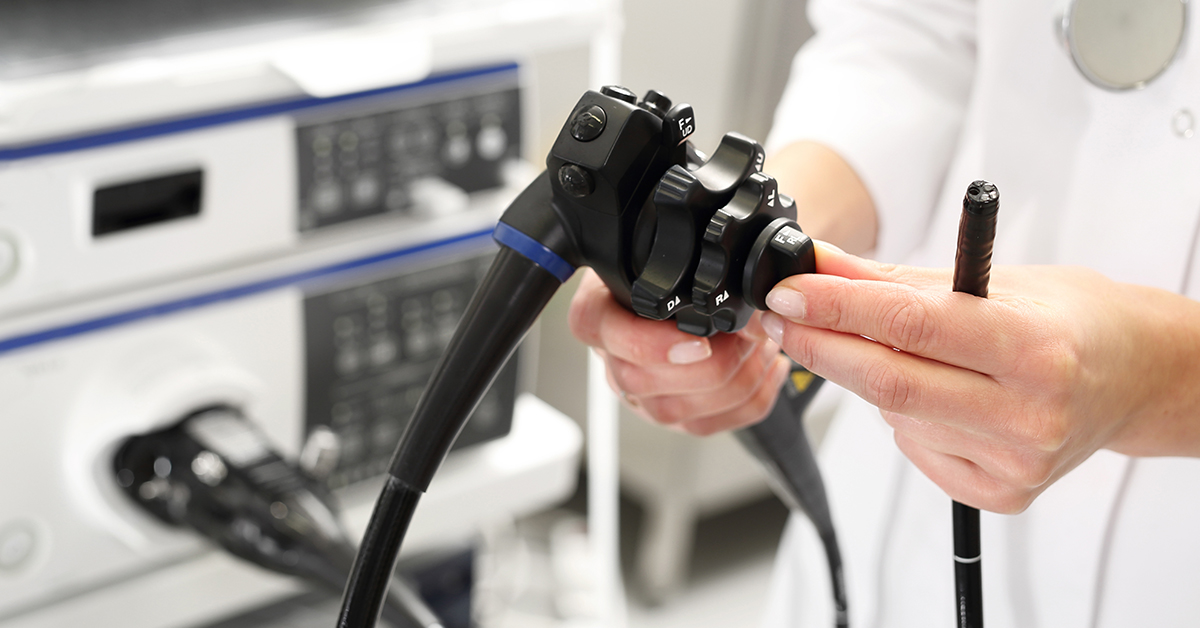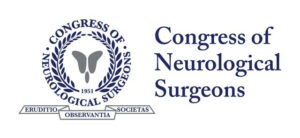
What is Micro Endoscopic Posterior Cervical Discectomy?
Micro Endoscopic Posterior Cervical Discectomy is a clinical procedure used to treat nerve compression due to a protruded disc or bony growth. It is performed using an endoscope and the spine is approached through the back, hence the name 'posterior'.
The compression of the nerves in the neck can cause pain and tingling down the arms; this can cause a great deal of discomfort to the patient.
How is the Procedure Performed?
Once consent is obtained from the patient, the area that has been identified to be the cause is cleaned with antiseptic solution. The patient is given a general anaesthetic agent. A small incision is made in the skin in the midline of the back of the neck, and the subcutaneous tissue is dissected apart. Small dilators are inserted into the space created, and gradually larger dilators are inserted, creating a clear path for access to the spine. This procedure is conducted under x-ray guidance (fluoroscopy).
Once a sufficiently large path has been created, the surgeon will insert an endoscope through this to visualize the spinal bone (spinous process ). The nerve is moved aside, and if access to this nerve is difficult, a small drill may be used to remove any intervening bone. Once the nerve has been gently lifted out of the way, the protruding disc can be excised and the pressure on the nerve relieved.
After the procedure is concluded, the endoscope and other instruments are removed, and the skin incision is closed. The patient is observed over a short period of time and is subsequently discharged home.
Benefits and Advantages
The posterior approach bears the advantage of not needing fusion of the spine to be conducted. This means that the movement of the cervical spine is unchanged. The results are excellent and patients experience a good recovery from their symptoms.
Risks and Disadvantages
Unfortunately, there are a few risks and disadvantages to the procedure, though these are rare. Damage to the nerve roots and spinal cord may occur during nerve manipulation. There is a small risk of bleeding and infection, which may require treatment. There is a possibility of disc herniation from recurring again in the future. Furthermore, a bone graft cannot be inserted into the disc space, meaning that the nerve root can get compressed yet again.
Conclusion
Micro Endoscopic Posterior Cervical Discectomy is a commonly performed procedure and is beneficial in cervical nerve root compression. The procedure is simple and straightforward, producing excellent results.


